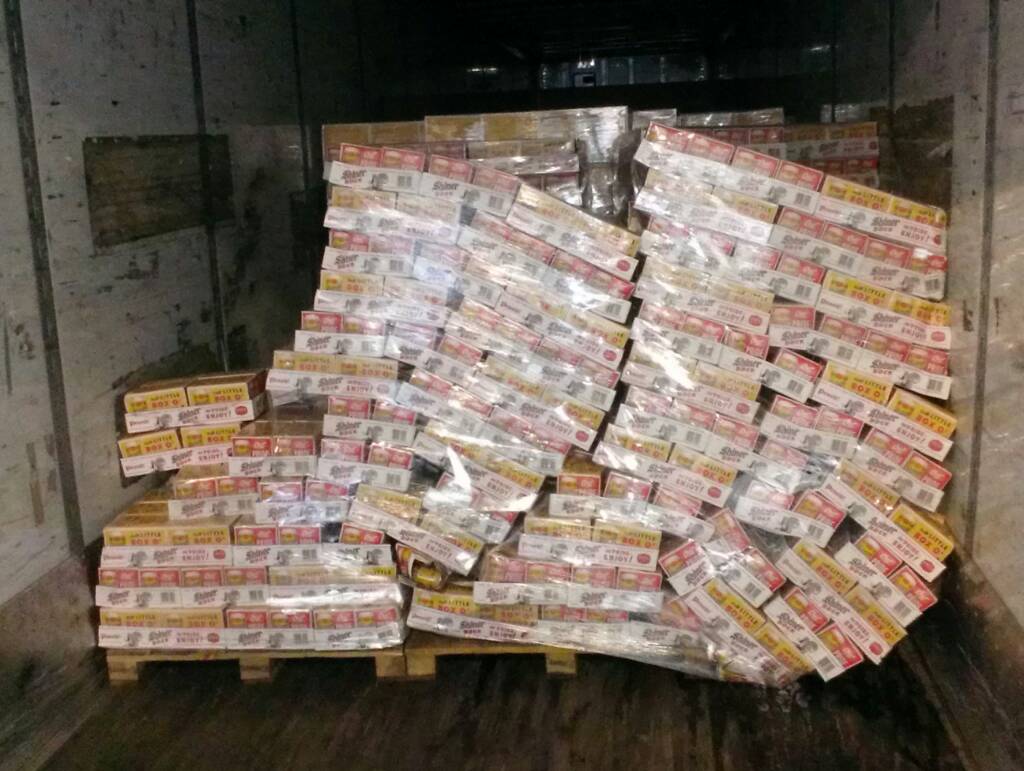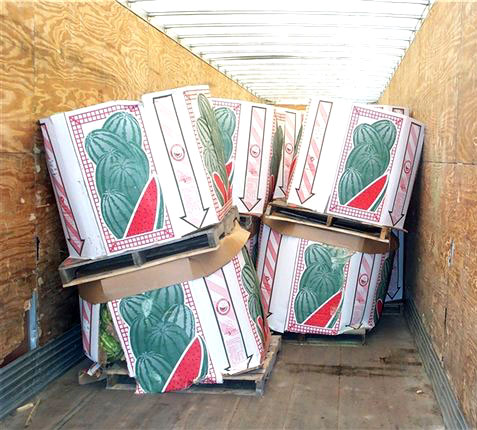
Air. It's not just for breathing anymore.
When you use the most naturally abundant resource on the planet to help protect your products, not only are you helping Mother Earth but you're saving yourself money and stress.
Take a deep breath. Now... exhale. You, too, are using the most abundent resources on the planet. Of course, we're talking about air.
When it comes to loading trailers with products bound for distribution, it can be daunting to ensure that the pallets inside don't shift or spill. Shifts and spills cause damage and unsellable products, raising your shipping costs, your stess levels, and your blood pressure.
Made of from paper, plastic, or a woven material and filled with air, dunnage air bags are used to fill the empty space found between pallets when loaded onto a trailer. By inflating them between pallets, shippers are able to essentially lock the pallets in place. The pressure from the inflated bag pushes the pallets apart and into the trailer walls, ensuring little to no movement.

Now, there's not guarantee of complete immobilization: it is important to understand that, in general, most loads will shift, at least to some degree. But, with the proper securement, most damage during transit and lost time during unloading can be prevented with these simple air bags.
And while they may seem simple, they offer complete and total protection: most users figure that they stop the side-to-side movement of cargo, much like other more "traditional" methods of blocking & bracing. But, when properly applied, they actually prevent movement in three dimensions: front-to-back, side-to-side, and up-and-down.
How to choose your bag, baby
The most important place to ensure that you are using an air bag to secure your load is the back: the last 2 or 4 pallets are critical because 70% of transit damage happens over the rear wheels. And air suspension will not make a difference.
- The 2/3rd Rule (height): Always choose a bag that covers 2/3rd of the height of your pallets.The bag should always be placed at the top of the load, as motion and vibration start at the top. It is also critical that the bag never touch any pallet directly. Any contact could cause weak spots in the bag, potentially leading to loss of the bag's integrity and failure.
- The 3:1 Ratio (void size): Ideally, the bag width should never be less than 1/3rd the size of the void. At maximum void size, the air bag still has a 50% or better contact area. Exceeding the maximum void may result in air bag failure.

Load pattern is important in determining the size of the void you need to fill and the size of the bag you'll need. Knowing that trailers are generally around 100”, take into account how your pallets will be loaded (straight, turned, pinwheeled, staggered, etc.) to determine the width of voids between pallet loads and figuring what size bag you'll need.




